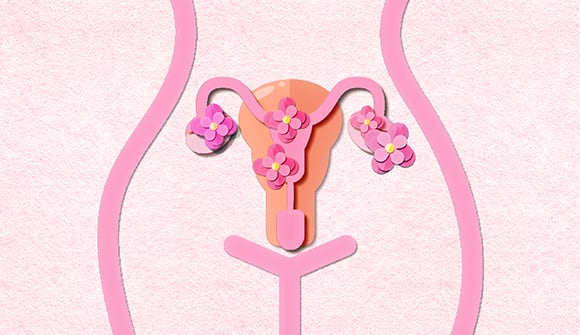Managing mastitis
New treatment guidelines for painful breastfeeding condition.
Article Author: Beth Stambaugh
Article Date:

Mastitis can be a breastfeeding nightmare. Pain, heat, redness and engorgement of the breasts, usually accompanied by a fever, are telltale signs. The condition can be difficult to remedy and often reoccurs if not treated correctly.
The good news is that The Academy of Breastfeeding Medicine (ABM) has published a new treatment protocol to provide much-needed relief.
“The prior treatments have been found to increase the inflammatory process,” said Amy Greene, RN, IBCLC, a lactation consultant at Baptist Medical Center Clay. “The new guidelines focus on the acronym BAIT: Breast rest, Advil®, Ice, Tylenol®.”
Mastitis is caused by a clogged duct, which is a narrowing of the mammary gland. When it persists, inflammatory mastitis develops.
If your symptoms include fever and chills, it doesn’t necessarily mean there is an infection. But if a fever lasts more than 24 hours and the BAIT remedy hasn’t helped, it may have progressed to bacterial mastitis, and you need to seek medical attention.
“The biggest change from the ABM is that you should refrain from trying to completely empty the breast at each feeding and stop applying warm compresses before feeding because it could increase inflammation,” said Greene. “Instead, ice and anti-inflammatories after breastfeeding or pumping should be your first line of defense.”
Here’s a recap of the new mastitis treatment guidelines:
- Apply ice or a cold compress to the breast after breastfeeding or pumping, instead of the previous recommendation of applying heat before.
- Breastfeed on demand when the baby is hungry. Newborns should eat every 2-3 hours.
- Don’t overstimulate your breasts or pump excessively because they feel engorged. This can cause oversupply.
- If you have mastitis, wear a supportive and well-fitting bra without underwire.
- Rather than deep breast massage (which can increase trauma to the tissues), lymphatic drainage is recommended to relieve painful swelling. To do this, recline back and do light sweeping movements of the breast tissue with your fingers from the areola back to the chest wall/armpit area.
- Avoid saline soaks to the nipple (such as filling silicone pumps with Epsom salt).
- In addition to over-the-counter anti-inflammatories, probiotics and sunflower lecithin may be helpful.
You should call your lactation consultant if you have breastfeeding concerns. All of Baptist Health’s birthing hospitals have lactation consultants who can help new moms with breastfeeding issues, including mastitis. We also offer breastfeeding and other new parenting classes. For more information or to sign up for a class, go to baptistjax.com/baby.



